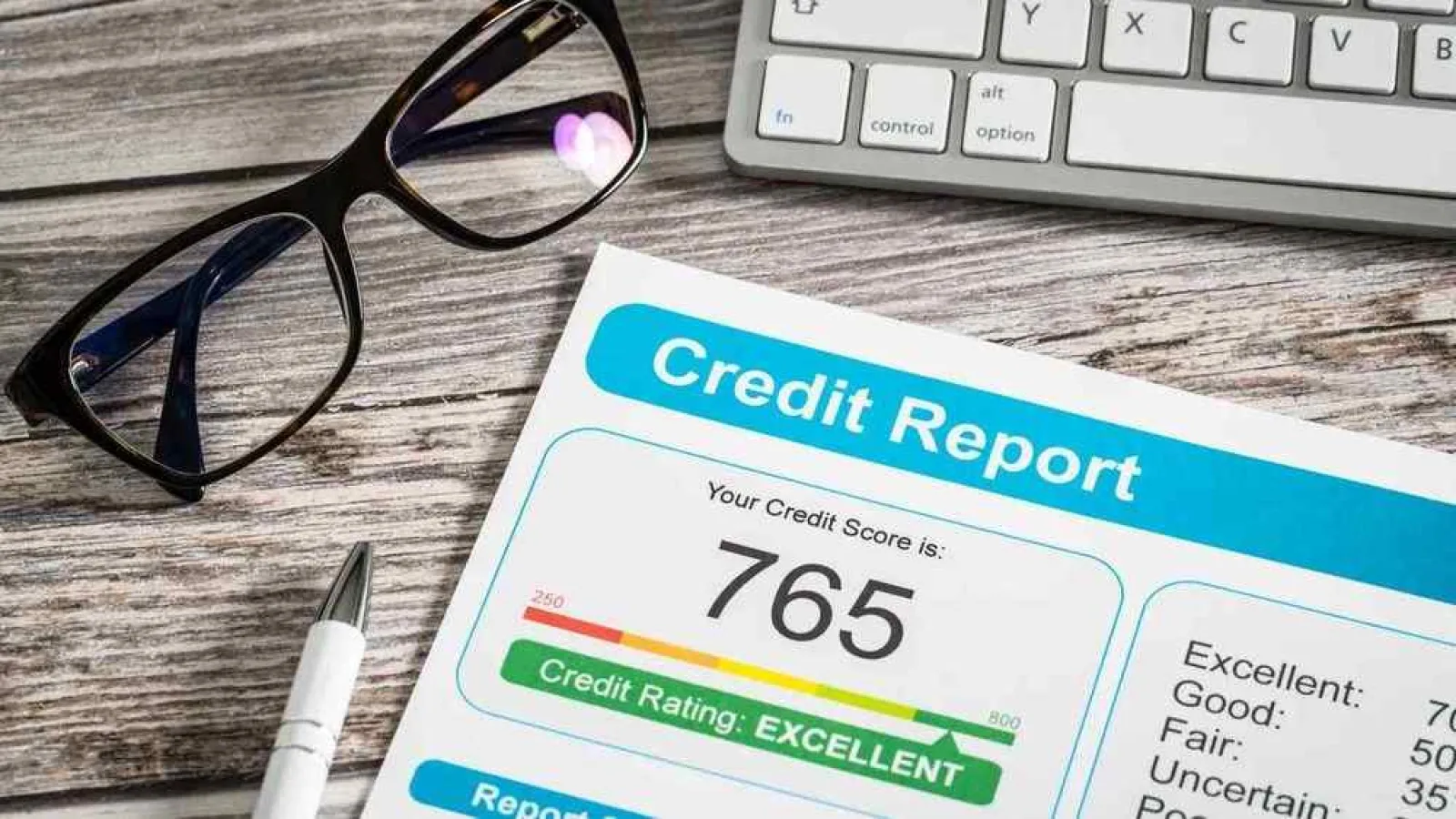Your FICO score, a.k.a your credit score, makes a big difference in how lenders see you - and what they'll charge you in interest to borrow money. But what, exactly, goes into calculating that all-important score? Here is a quick explanation.
- 35% of your FICO score is based on your payment history. This is a pretty large chunk of your score, so you want to make sure you always pay all of your bills on time.
- 30% of your FICO score is based on capacity, or the amount owed on revolving debt. This is also a large portion, and why you want to make sure you are using no more than 30% of your available credit at any given time. Don't max out those cards!
- 15% of your FICO score is based on length of your credit history. This includes the length of new credit and total credit history. This one is why it's usually best to keep old accounts open, even if you no longer use them frequently.
- 10% of your FICO score is based on your mix of credit. This is your percent of revolving credit (credit cards), installment loans (student and car loans) and mortgage loans. You want to have a good mix of all three types of credit to get the best score.
- 10% of your FICO score is based on accumulation, or new credit and inquiries. Don't apply for lots of credit at once — too many inquiries may indicate that you are overextending yourself.
Credit scores are not perfect. The major drawback to credit scoring is that it relies on information in your credit report, which is quite likely to contain errors. That's why it's critical that you check your credit reports annually, or at the very least three to six months before planning to make a big purchase, like a house or car. That will give you sufficient time to correct any errors before a lender pulls your score. You can check your report annually for free by visiting www.annualcreditreport.com.

